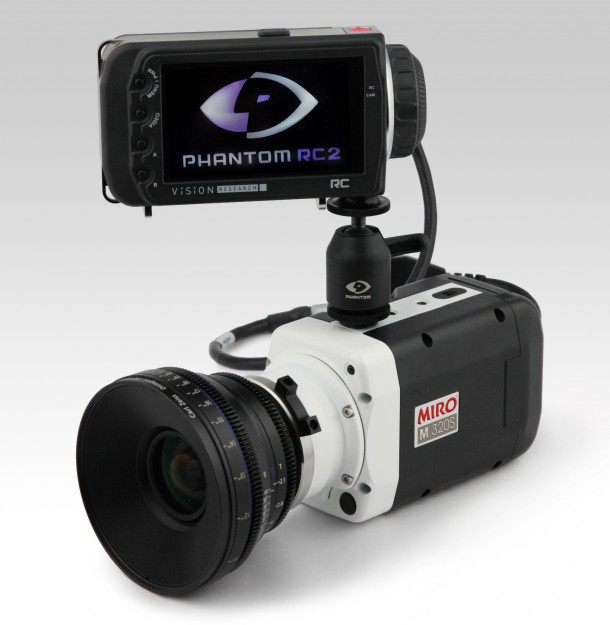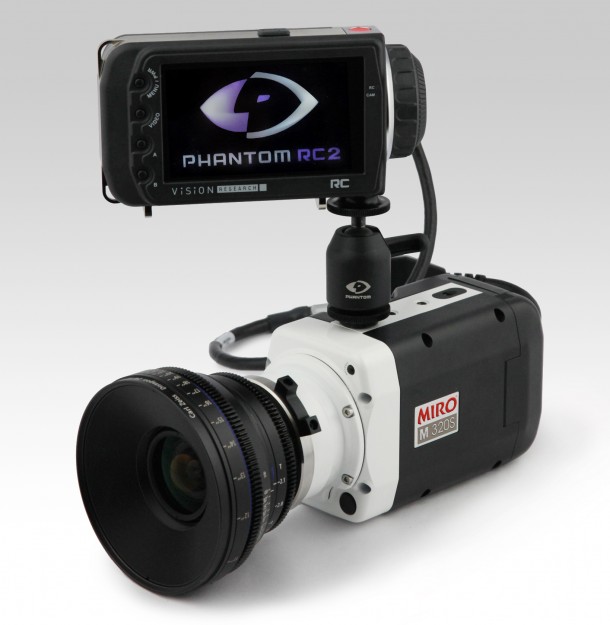
Just before NAB, Vision Research announced a new version of the recently expanded Phantom Miro lineup, the M320s. The new M320s joins the recently updated Miro family alongside the M310, M120 and M110, all of which offer variations in connectivity and sensor sizing to suit a variety of industries. Filmmaker Jim Geduldick shot with the cameras before NAB to get some footage to use at the show. This has now been released online and I got a chance to ask him a few questions about working with these new cameras.

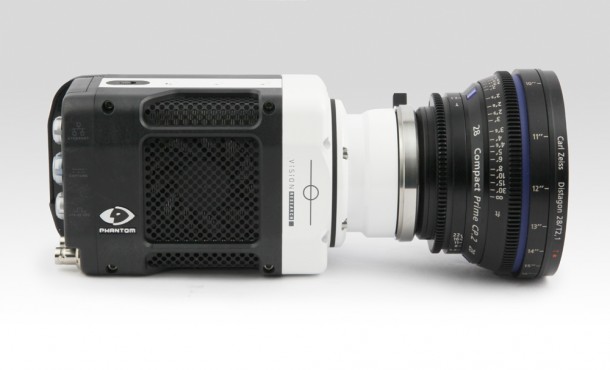
Each camera is available with either 3, 6 or 12GB of internal RAM to which the initial file is written straight after capture. The Miro series of cameras then transfers that shot into Phantom’s new CineFlash storage mags which come in either 60, 120 or 240GB sizes. Those who have used the Phantom Flex or HD Gold will be familiar with CineMags but CineFlash is Phantom’s new, more affordable option. Transfer from the RAM to the CineFlash is not as fast as to CineMag though. All recorded files are 12-bit RAW files.
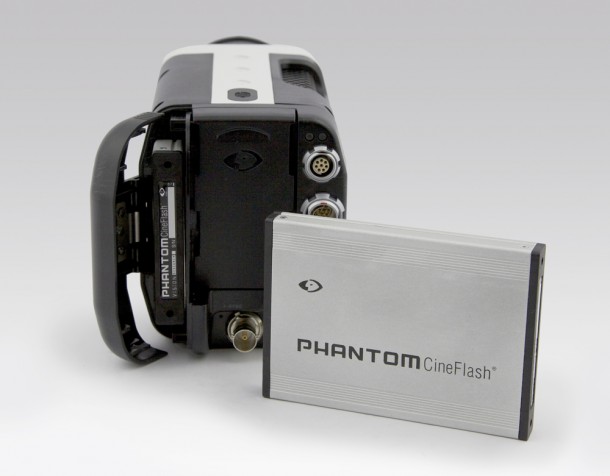
The 310 and 110 are most suited to scientific and industrial applications as they capture a 1280×800 image at up to 3200fps and 1600fps respectively. The M120 and M320s are both capable of shooting 1920 x 1200 though so these will likely be of most interest to the readers of this site. At 1920 x 1200 the M320s will shoot up to 1,380 fps ,dropping down to 1920 x 1080 will get you up to 1540 fps. The M120 is capable of speeds roughly half that of the M320 with 1920 x 1080 getting you up to 800fps.
Record times are limited by the size of the on-board RAM, to give an example, the M320 with 12GB of RAM will record at 1540fps for 2.5 seconds. This might sound short, but playing that back at 24fps would equate to nearly 3 minutes! Lowering the speed to 1000fps will give you 3.5 seconds.
Prior to NAB, New Jersey based filmmaker Jim Geduldick had the opportunity to shoot a video using both the M120 and M320 at Woodward skate park in Pennsylvania. I asked Jim a few questions about his experience shooting with these intriguing new cameras.
Dan: Firstly Jim can you tell us a little bit about yourself ?
Jim: I’m a cinematographer,editor,visual effects artist.I got my start in skateboard and snowboarding as a sponsored rider then made the shift to cinematography and post/vfx. I’ve always stayed close to the skate and snow happenings and let my passion for them and art,technology push me into some really cool projects. I’ve worked in broadcast,music videos and features doing production and post production/vfx.
Dan: This project at Woodward, how did it come about? Were you specifically looking for something to demonstrate the new Miro series or has this been on your mind for a while ?
Jim: Well the Woodward shoot and the whole project with the Miro’s was Woodward and NYC. It mixed skate,BMX and MotoX. The project has been in my head for a while and what came of the shoots with the Miro’s is just a taste of what I am continuing to work on. The specific part of shooting at Woodward happened because I was a camper there , then a skate coach and came back as a sponsored rider. My friend Dave Metty runs the Digital Media Camp and Woodward Films. I pitched the idea to Abel Cine who provided me with the camera systems and then Woodward and both were on board with the idea. No one had shot with the Miro’s outside of a Lab so I wanted to be the first to shoot with them and see what they could do. The really exciting part of the Miros is the small, lightweight form factor and it packs a lot into a compact body. Being able to shoot up to 1500 fps in the M320S and 800 in the M120, I knew I wanted to go both handheld and also put it on some sticks with a nice sharp zooms and see what type of set ups I can do with short time frames.
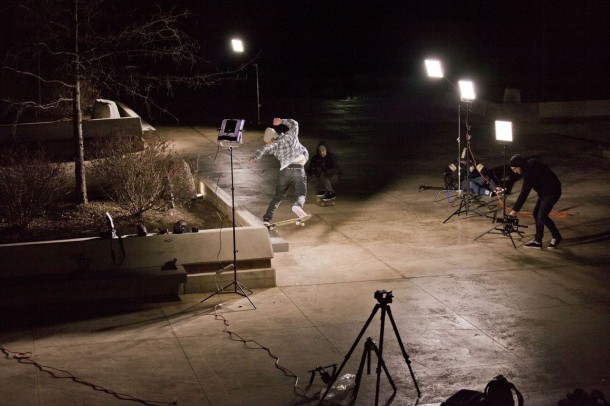
Hand holding a Phantom camera whilst riding a skateboard was not possible until the Miro came along.
Dan: You’ve worked extensively with the Flex and the Gold, what is it about the Miro series that sets itself apart from those cameras?
Jim: If you look at the Flex and Gold systems they are great but they are also a bit larger. You can rig them to a basic set up but not as compact as a Miro package. The record media is a bit different as well. Now with the Miros you shoot to CineFlash which is basically SSD media in a side bay door of the Miro vs the CineMag on the other systems. I can rig the Miro in a lot tighter places and mounting scenarios where a Flex or Gold would be a little bit too large.
Dan: Does the Miro work with both the Phantom remote control with the screen and Abel’s PCU ? Which did you use/what do you prefer ? I guess with the M120 the only way to monitor is using the Phantom remote as there is no SDI output ?
Jim: The Miro’s work with both the Abel Cine PCU and the Vision Research RCU I used both and each has it pluses. I liked the Abel Cine PCU as it has a simple to use no fuss way to set up all your main settings from Black Balance,Whit Balance, Playback, Trim , Trigger and Save to name a few. The VRI RCU has similar setting but it also act as a monitor with SDI and Bluetooth to trigger wirelessly. I do hope in some updates the VR remote is user configurable almost like being able to drag apps around on an iPad or iPhone to set up user presets. Both the Miro 120 and 320S do have SDI out for preview but the 120 is limited to SD out and the 320S has HDSDI out.
Dan: You were shooting in some pretty tough lighting conditions, how did the camera handle the low light and were there any issues with flickering ?
Jim: Lighting is always the big thing to know right away in any shoot but even more so in high speed. A tough issue at Woodward or anywhere with stadium lighting is the flicker. I didn’t have a lighting budget or any budget for that matter, this was all me calling in favors and having some very cool companies loan me some gear for the shoots. I actually shot all LED lighting with the Miro’s which was a 1st for me especially on high speed. I had 5 Litepanel 1×1 kits and 5 Switronix TorchLED Bolt’s. The Miro is rated at about 1100 ISO which is just shy of the Flex which is at 1200. It held up really well at night even for not having large HMI’s the work around with the flicker was to just shut down the lights at camp. Having access to anything at Woodward made that possible thanks to Dave and owner Gary Ream.
Dan: The maximum RAM size is 12GB in these cameras and that doesn’t afford a lot of record time at the higher frame rates, what sort of rates were you shooting and did you partition the RAM in any way so that you could be transferring a shot to the flash while shooting to the other partition ? Did you find the short record times to be limiting in any way or was it more a case of adjusting the way you think about filming it and triggering ?
Jim: With the smaller RAM options on the Miro’s you just have to think of it and plan it out a little. A lot of the time in anything action based a trick is done in in a few seconds. I set up the Miro’s 2 ways: One Miro was set up to record long takes between 640-800 fps. The other I portioned to allow multiple takes and since the RAM buffer continuous loops I don’t have to waste time on takes. With Phantoms it’s a post trigger so if its a bail or a take you don’t want you don’t have to trigger it. Most of the time I was shooting anywhere from 120-640. I wasn’t shooting food dropping into liquids so needing anything above 1200 fps was overkill for me. You have to also let your talent know that you may have a minute or 2 between long higher frame shots like 800 and above. When you save to the Cineflash it takes a little time because your saving a 12 bit depth RAW file at 1080p .
Dan: Knowing that you have a Miro 320 on order, what sort of work do you anticipate using it for ?
Jim: I think the Miros especially the 320S for me open up a lot of opportunities in any medium from action based projects,commercials,features and think about stereoscopic with these bad boys. You now have a really small system for stereo projects. I’m looking forward to getting 2 Miro’s in a stereo rig by the summer. I do have some planned shoots in the next few months around commercials ,action sports and some pretty cool motion control/vfx ideas in my head.
Dan: You shot using a combination of Canon still lenses and the new Canon 14.5-60 Cine lens is that right ?
Jim: The Lens options with the Miro are pretty slick you have up to 7 mounts you can use with it. I had 2 Miro’s one mounted PL and the other Canon EOS. The lenses I had were a selection Ultra Primes, Canon L series sets and the new Canon Cine Zoom 14.5-60. I must say Canon did a stellar job with the new Cine glass they are putting out. Its sharp, has great fall off and breathes less some some glass 2 times its cost.
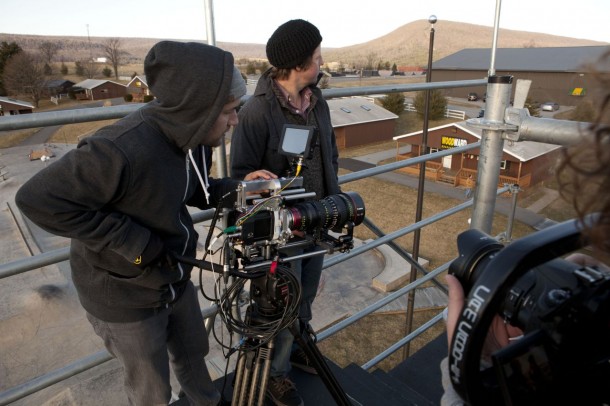
Canon CNE 14.5-60 t2.6 mounted to the Miro
Dan: With these kind of price points it probably represents the first time such high speed cameras have become affordable to the owner/operator rather than rental houses. If someone out there is considering one of these cameras what are the things they should be aware of? We’ve seen it can produce great results but to get to this price point there are obviously some pretty big differences to the way it works when compared to its bigger brothers. The M120 has SDI out for example not HD-SDI, and the write times to get the footage from the RAM into the flash are pretty long as it doesn’t use the same Cinemags as the Gold. What else is there to consider ?
Jim: Being this is the 1st compact high speed camera with these features and price point my only issues with the camera was not being able to playback files from the Cineflash once saved to the SSD. You can playback from RAM and see your clips but something which was big on my wish list to Vision Research is playback from the recorded media. Lots of things can happen when a clip is in the RAM, the biggest thing is power issues with depleted battery or a surge. The record and transfer times I am sure will improve with updates versions of the Miro but you have to remember you can’t just cram every I/O and feature into a Miro (not yet anyway) your going to have a little trade off on some things. But it really wasn’t an issue once you test out the system and set up a workflow for your shoot. If you want to go the studio route and have your tech/DIT rigch up the Miro via ethernet and control the Miro via a workstation or laptop you can. If you want to go run and gun and rig it up and throw it in a backpack like I did you can. The options are there just have to go out and do it. A note on why you cannot playback from the Cineflash directly is an engineering design because of the way the data is passed from RAM to the record media there is not currently a way to play this back. 12 bit depth RAW data is nothing to sneeze at, even 12 core Mac Pros can hiccup with the data rates needed to optimal playback.
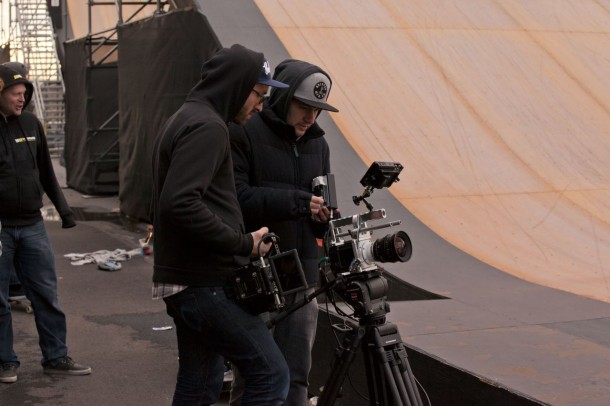
If you enjoyed this post you can find more of Dan’s writing in the following places:

Filmtools
Filmmakers go-to destination for pre-production, production & post production equipment!
Shop Now